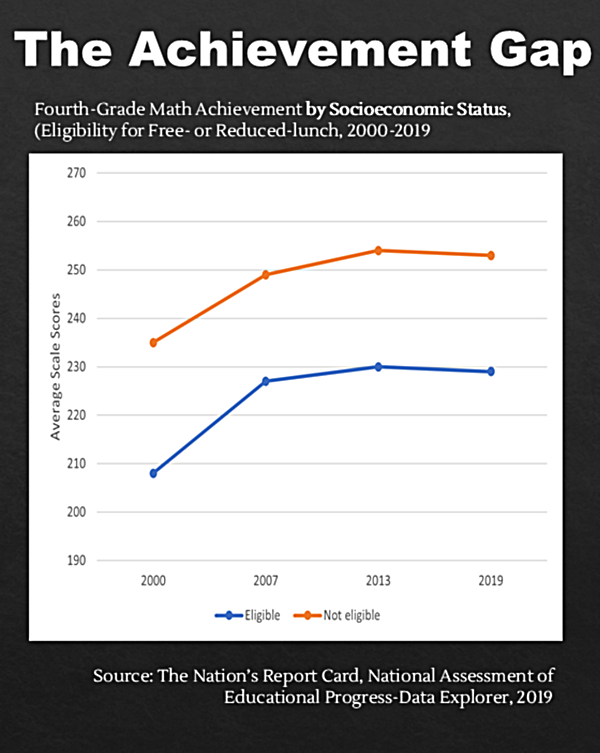The Situation:
Research has shown that no single factor is more closely associated with a child’s academic performance than his parent’s Socioeconomic Status (SES).
Without quality early childhood intervention, an at‑risk child is:
MORE likely to become a teen parent
MORE likely to be placed in special education
MORE likely never to attend college
MORE likely to be arrested of violent crime

By age two, children growing up in poverty are six months behind their middle‑class peers in language development (Stanford Report, 2013).
By age four, children growing up in poverty are up to 18 months behind developmentally when compared to their middle‑class peers (National Center for Children in Poverty, 2007).
The gap between students from the highest and lowest 25 percent in terms of SES amounts to more than two-and-a-half years of learning. (Harvard Gazette, “Student achievement gap same after nearly 50 years, study says” March 18, 2019)
If these children are not reading at grade level by third grade, they are 13 times more likely to drop out of school than their middle‑class peers, who are reading at grade level (Annie E. Casey Foundation, 2010).
Children from low SES backgrounds are twice as likely to exhibit behavioral issues in schools, like inattention, disinterest, and a lack of cooperation, than their peers from higher SES backgrounds. (Ballard Brief, December 2022, The Socioeconomic Achievement Gap in the US Public Schools by Kate Bradley).
There is Hope.
Mentoring is one of the most feasible, cost‑effective ways to reach under‑resourced school‑aged children and has been proven to have lasting positive effects (Our Kids by Robert Putnam, 2015). Mentoring has a positive impact on closing the achievement gap. Grades and attitudes towards grades improve when children are involved in mentoring programs. (minds.wisconsin.edu, The Effects of Mentoring on At‑Risk Youth: Stricker). Trauma‑informed mentoring results in even better outcomes.

